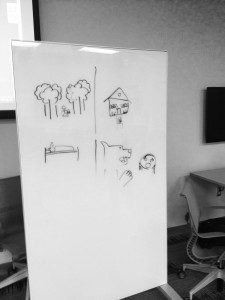Our group came up with fifteen ideas for representations of information/communication technology. We have yet to determine which group member will cover each topic.
- Telephone ads -Image
- Agents of S.H.I.E.L.D. -video clips screenshot, or GIF
- 1984 -Image or Infographic
- Iron Man -video clips screenshot, or GIF
- Spider-Man -video clips screenshot, or GIF
- The Avengers -video clips screenshot, or GIF
- C.S.I -video clips screenshot, or GIF
- An early fax or telephone ad from a Fredericksburg newspaper -Image
- The Crying of Lot 49 -Image or infographic
- Game of Thrones -Infographic, video clips screenshot, or GIF
- One of Edgar Allan Poe’s short stories -Image or infographic
- Seinfeld -video clips screenshot, or GIF
- Balto -video clips screenshot, or GIF
- “If Google was a Guy” -video clips screenshot, or GIF
- “The Phone Song (Vibrating)” -Infographic or audio clip

